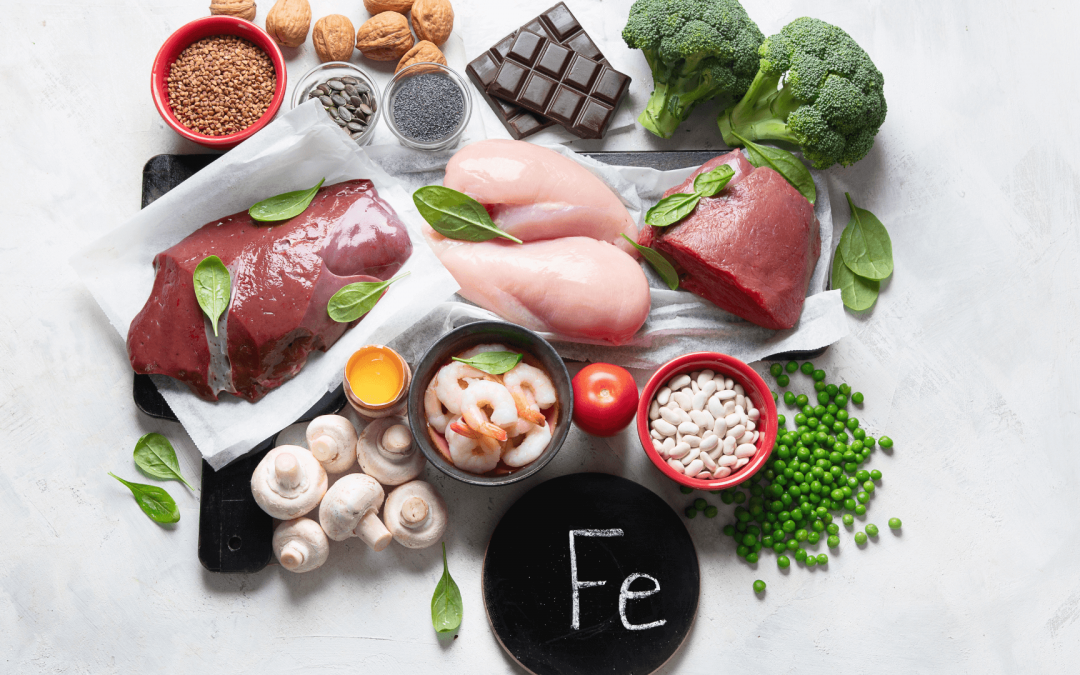Iron deficiency is a progressive condition caused by many factors that usually affects women. It often creeps up on sufferers as symptoms aren’t untoward. Who doesn’t feel drained after exercise? Or who doesn’t press the snooze button one to many times?
Some of the symptoms include fatigue, brittle nails, pale skin, shortness of breath, dizziness, poor concentration and the list goes on.
Brief bit about science
Iron is a mineral that’s vital for cellular energy, the immune system and the production of haemoglobin. Haemoglobin carries oxygen around the body and if you’re deficient then your body has less oxygen carrying capacity.
Exercise and Iron
There is a trial underway in London to test the extent of IDA (iron deficiency anaemia) and the extent it can affect women’s performance in the gym and at sport. The test measures the aerobic performance of iron deficient runners, before giving them an IV drip of iron and then retesting a few days later. The results of the IronWoman trial are going to be published later this year but the results so far have been incredible!
A london physiotherapist aged 32, showed her VO2 max had improved by 12%. She then ran the london marathon after treatment and ran her personal best.
Fit women may be most at risk of iron deficiency as training increases red blood cell production, but you lose iron through sweat. With a limited oxygen supply in IDA sufferers it can also affect the speed of muscle repair post exercise.
Advice
If you recognise some of the symptoms of iron deficiency it’s a good idea to get your levels checked. Although iron tablets are prescribed regularly the best way of replenishing your stores is to eat a diet high in iron.
Once your levels are checked there’s no reason why you can’t hit the gym and pump iron in the weight room.
Written by Anisha Joshi B.Ost.Med ND DO

